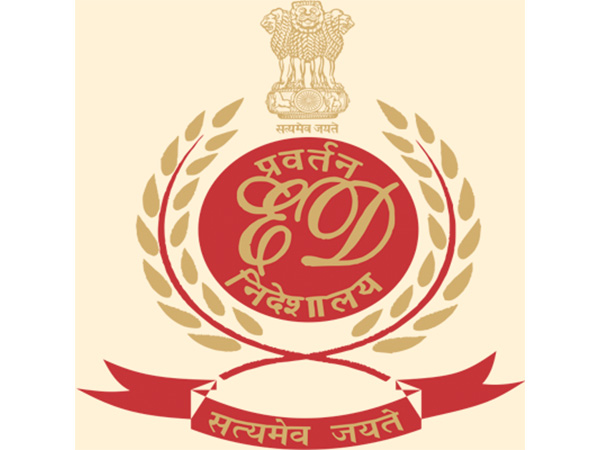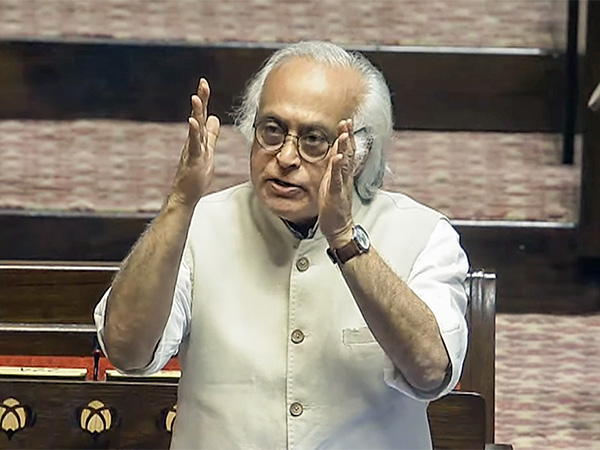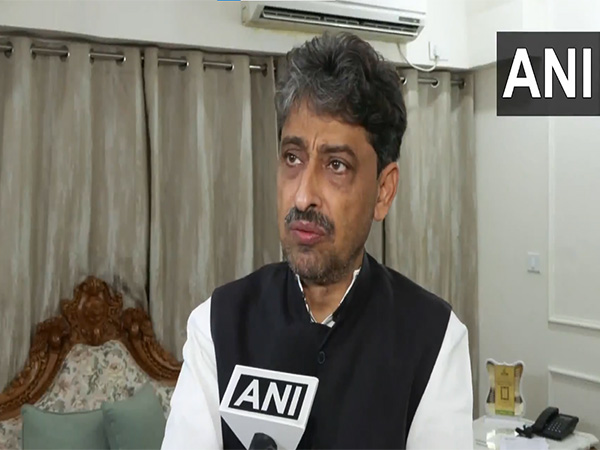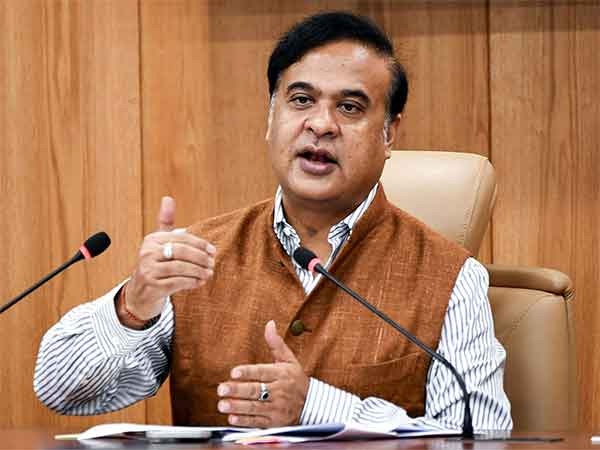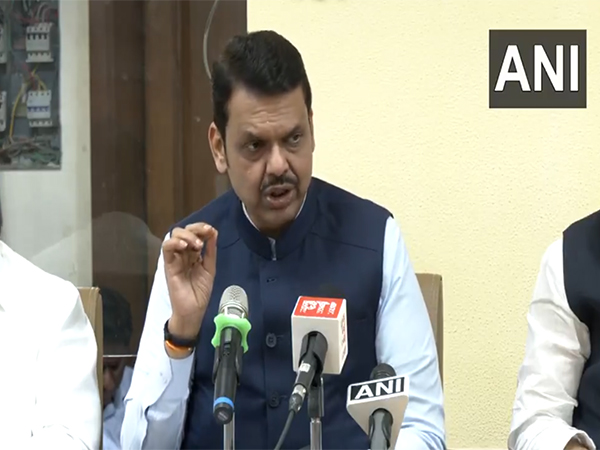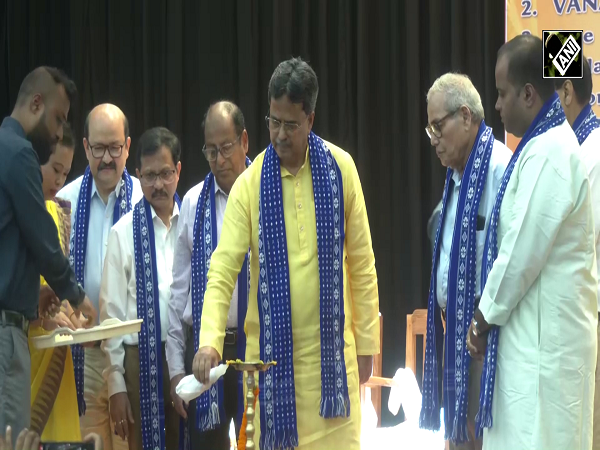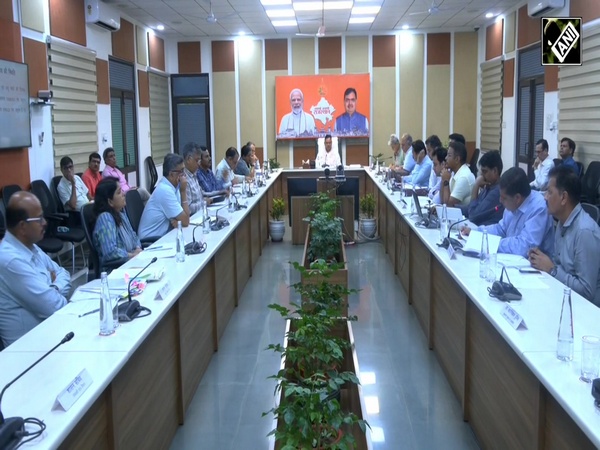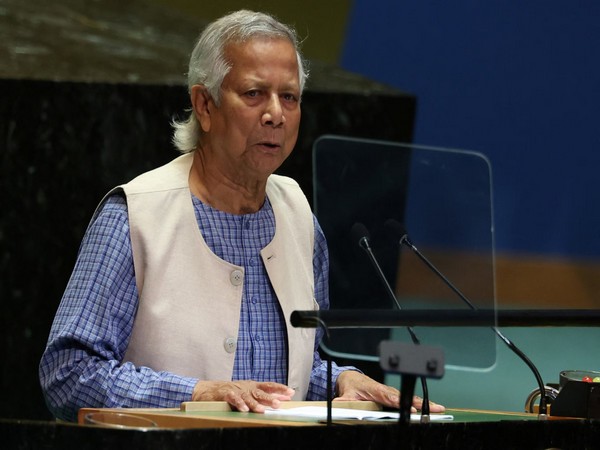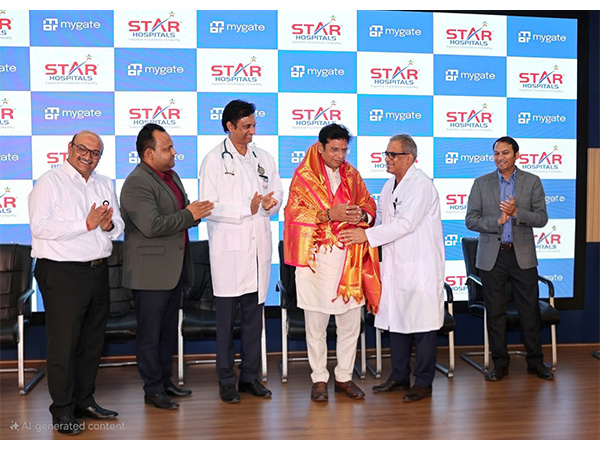
"Two different radars working together" Sangamithra Datta on NASA-ISRO 'NISAR' satellite mission
Jul 31, 2025
Chennai (Tamil Nadu) [India], July 31 : NASA Programme Executive Sangamithra Datta described as a "histroic milestone" the launch of the NISAR, a sophisticated earth observation satellite collaboration between Indian Space Agency (ISRO) developed in collaboration with the American counterpart NASA and which was launched from Sriharikota on Wednesday evening .
Datta highlighted the historic collaboration between NASA and ISRO on a major earth-observing mission, emphasising the joint efforts of scientists and engineers from both agencies in designing and building the project.
"This is definitely historic because it's the first big Earth observing mission that two big space agencies are working on, both elite- NASA and the Indian Space Research Organisation... Two sets of great minds, scientists and engineers from both NASA and ISRO working together ... making frequent trips and making long-distance teleconferences and then building it, designing, thinking, building it together so that exactly everything fits perfectly," she said.
She emphasised the global significance of the NISAR mission, noting that after a three-month commissioning period, the mission will provide free and open science data to the global community.
"It meant so much for the global community because at once it will take about 3 months for commissioning... After that, it will start pouring in the data, the science data, and that data will be used or rather provided free and the open science that is NASA's policy, so anybody in the global community will receive this data," she said
Sangamithra also highlighted that the satellite features two radars operating at different frequencies--a long-wavelength and a short-wavelength radar--working together for the first time to detect distinct signatures and changes with up to centimetre resolution from space.
"For the first time, we are having two different radars working together. These two radars operate at two different frequencies... One is a long-wavelength radar, and the other is a short-wavelength radar. As a result, the two radars will detect different types of signatures and changes with up to centimetre resolution from above," she said.
"We were to launch it 2 years earlier, but it, it had to happen a little bit later because there was a delay on both sides," she added.
The NISAR mission, a landmark in ISRO-NASA cooperation, is set to redefine Earth observation.
A joint mission of NASA and ISRO, the Earth satellite launched from Satish Dhawan Space Centre in Sriharikota, Andhra Pradesh, India's southeastern coast aboard an ISRO Geosynchronous Satellite Launch Vehicle rocket at 5.40 pm on Wednesday.
NISAR launched into orbit onboard the Geosynchronous Satellite Launch Vehicle GSLV-F16. Usually, PSLV was utilised for such an orbit, and this is the first time that a GSLV rocket was injecting a satellite into a Sun Synchronous Polar Orbit.
